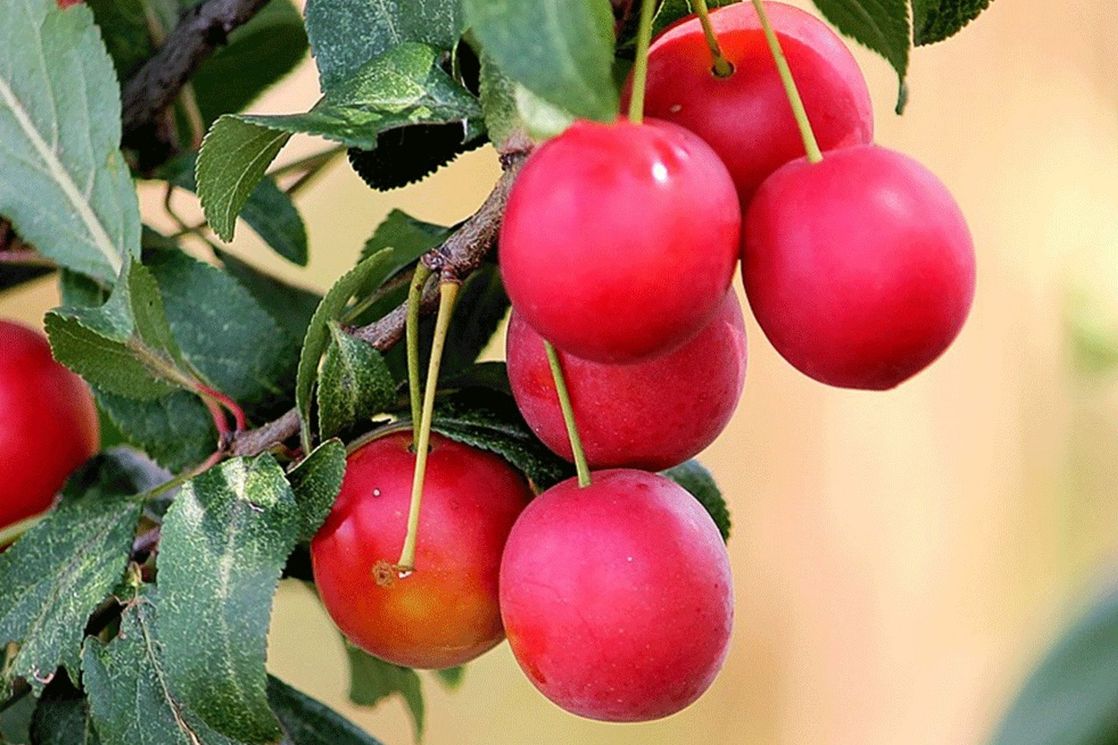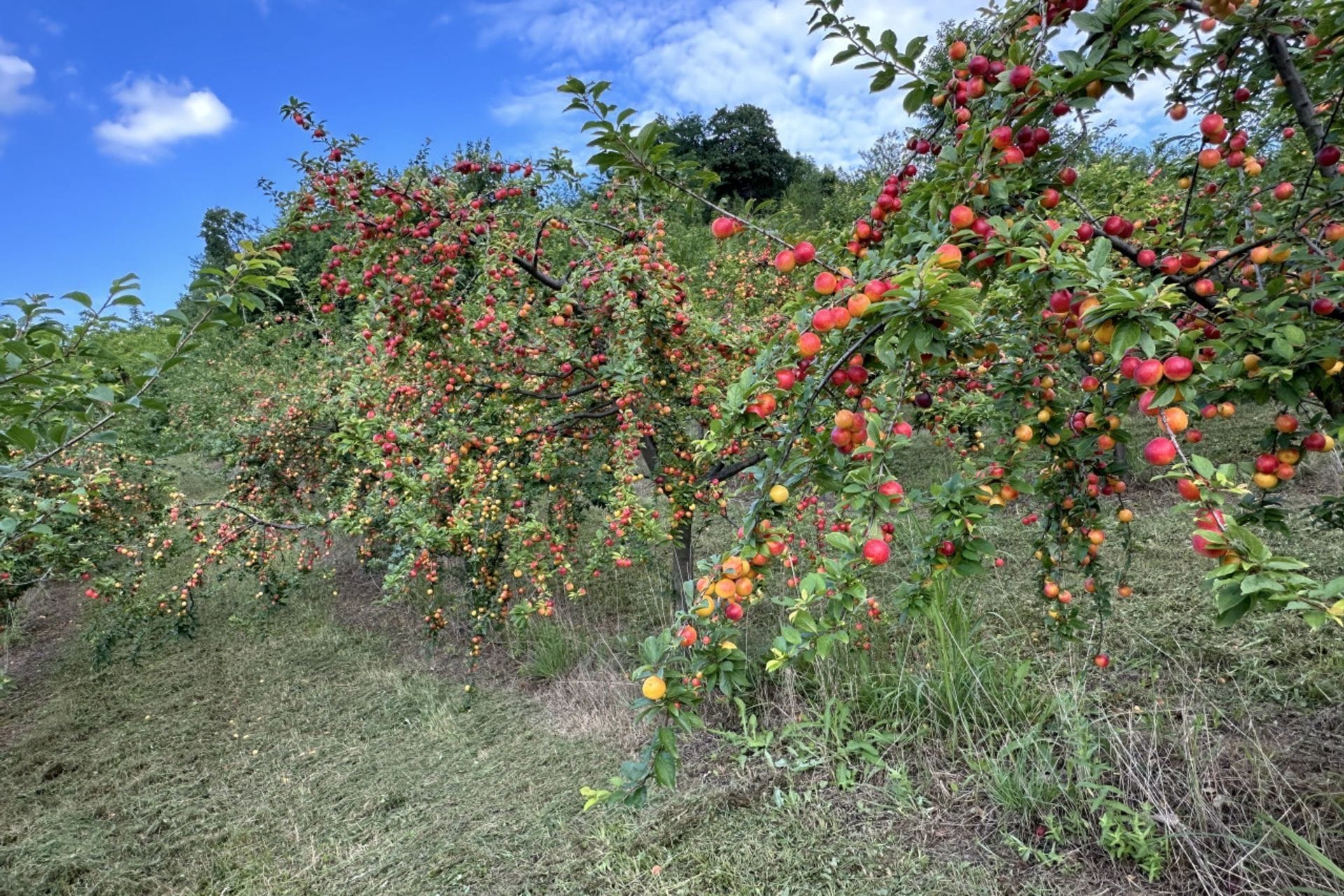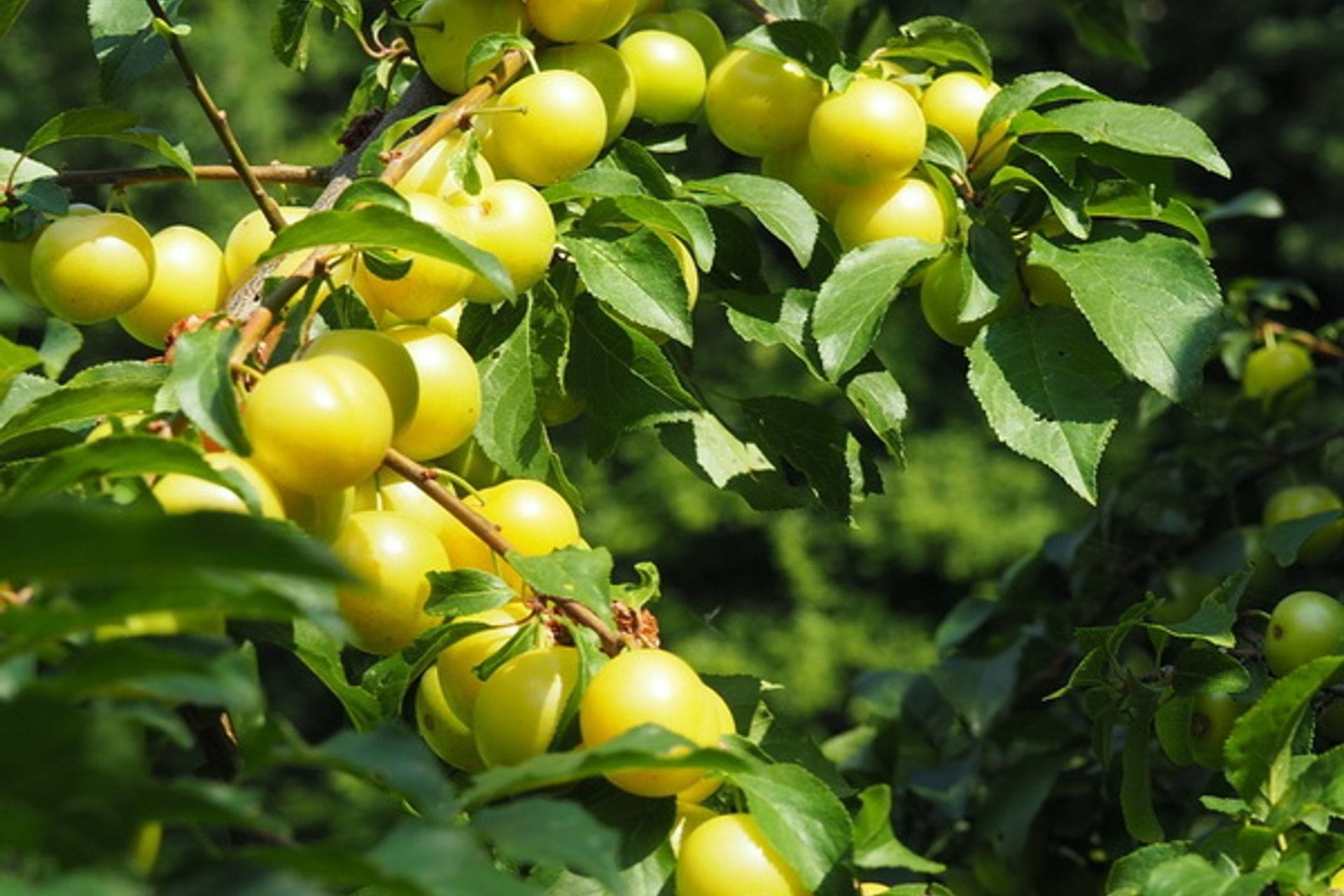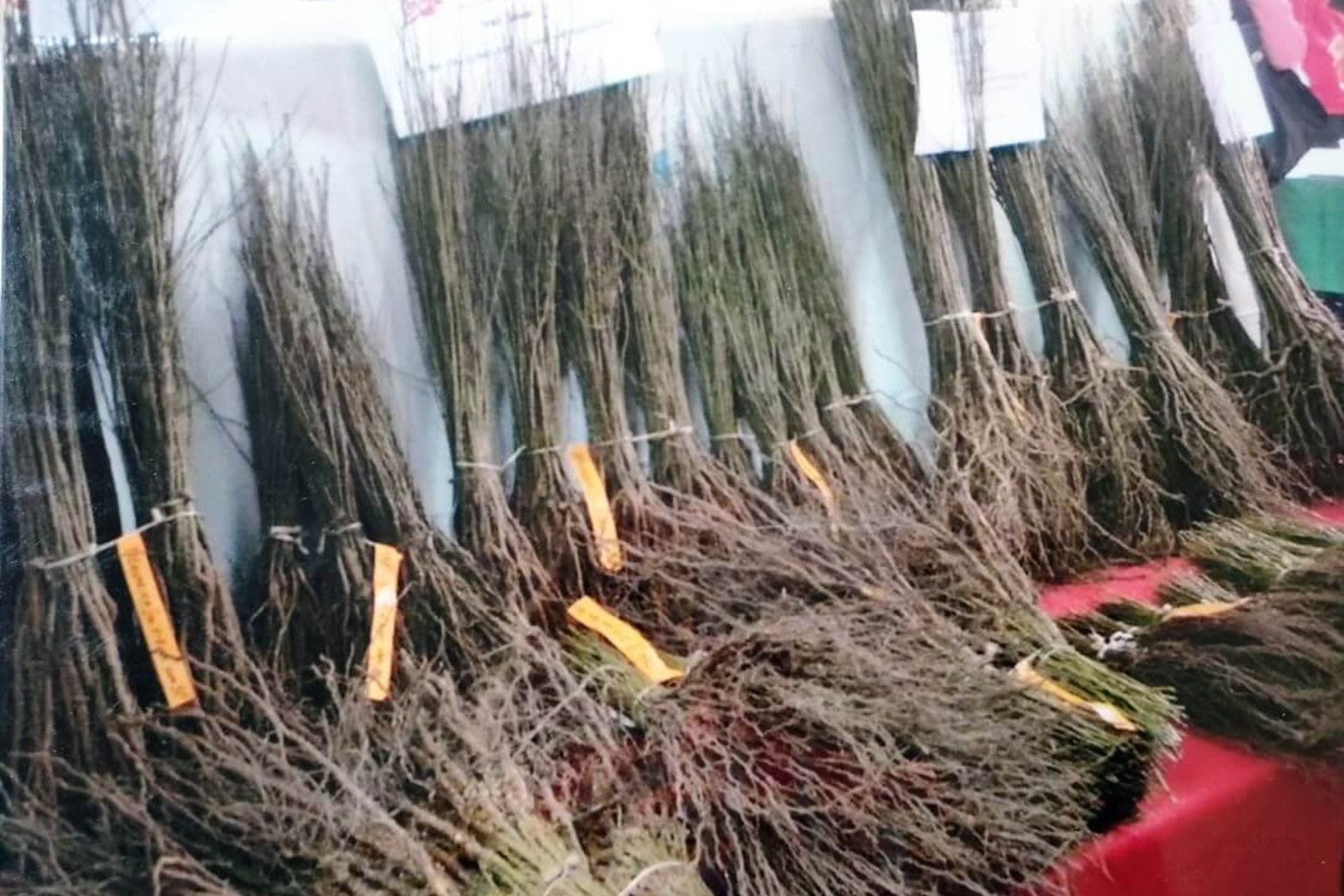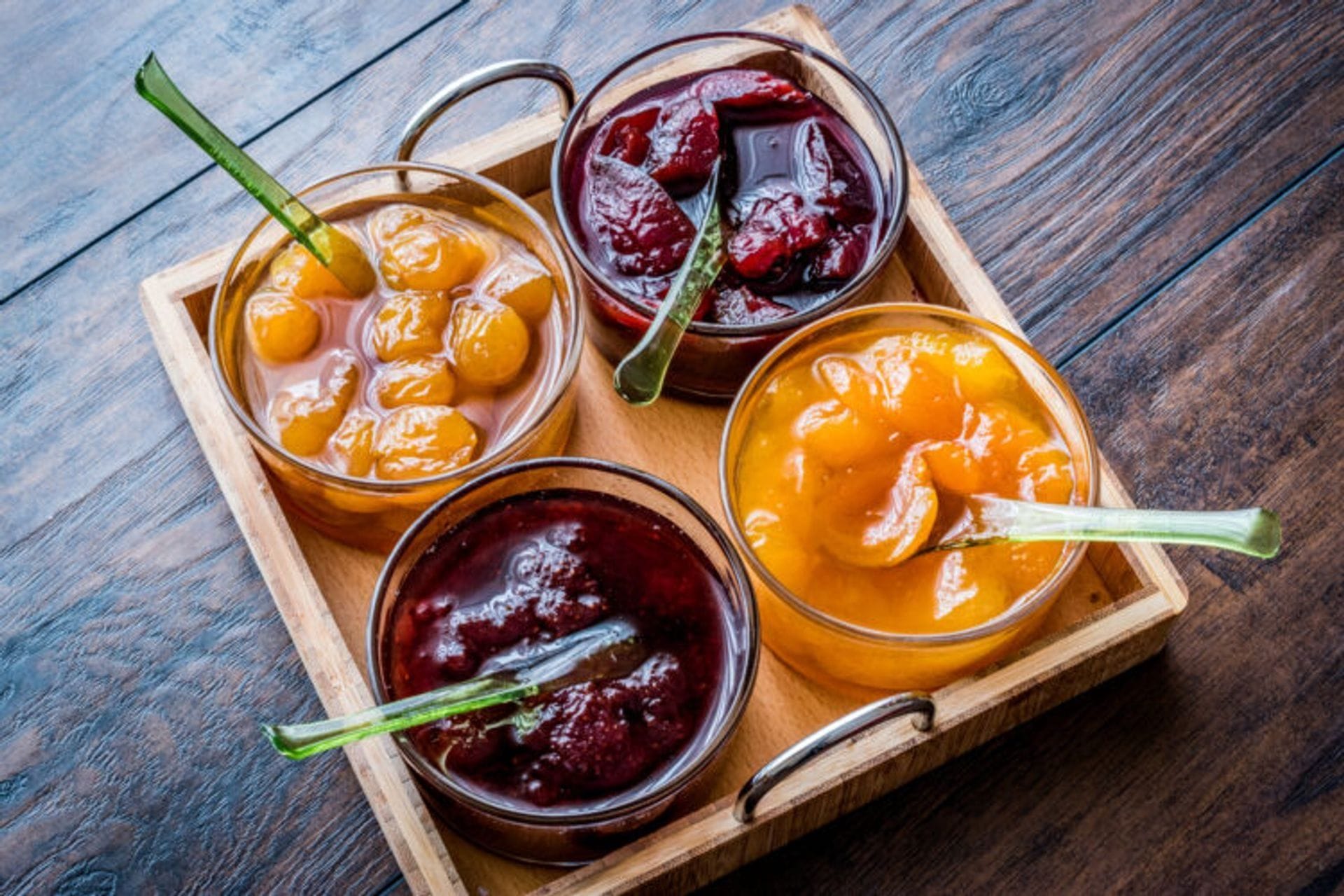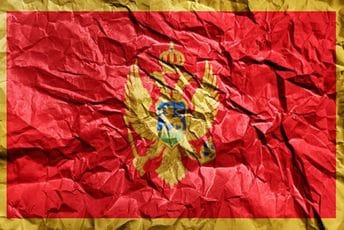Džanarika – The Fruit Superhero of the Balkans!
Imagine a fruit tree that doesn’t need chemical pesticides, thrives on almost any soil, and still gives you top-quality fruit. Yes, you read that right! Džanarika, the oldest fruit species of the Balkan Peninsula, is not just an ordinary plum – it’s a fruit superhero changing the game in fruit growing.
Resistant to Everything
Džanarika is so tough it grows even on dry, chalky soils at altitudes up to 1000 meters, all without any chemical protection! While other fruit trees suffer from diseases and pests, džanarika smiles and yields abundantly. It’s so adaptable it’s even used for reforestation and fighting erosion. Who knew one fruit tree could be such an ecological warrior?
A Genetic Gem for Fruit Growing
This tree isn’t just resistant; it’s genetically diverse. Scientists have found a wide range of genotypes, meaning džanarika can be crossbred with other plum and stone fruit species, creating new, even more resistant and productive varieties. Great news for fruit growing innovators!
The Number One Rootstock for Plums
Imagine planting plums, apricots, or other fruit trees without worrying about root rot or diseases. Džanarika is the world’s most widely used rootstock for plums because of its resistance to diseases like armillaria and phytophthora. But beware! It’s not the best rootstock for apricots as it can cause growth issues and frost damage. That’s why intermediates are used – true fruit growing magic.
Fruits for Every Occasion
Džanarika produces fruits resembling apricots, with neutral juice and high pectin content. You can eat them fresh or make compote, juice, brandy, jam, marmalade, and even sweets! In the most developed countries, džanarika is used for juice and baby food production because it meets the highest food safety standards. Who knew this fruit was so versatile?
A Bee’s Favorite Destination
Džanarika blooms early and abundantly, making it a paradise for bees. On one hectare, bees can collect about 40 kilograms of honey! It’s like having a natural honey factory in your backyard. If you love honey, džanarika is your new best friend.
How to Grow It?
Džanarika seedlings grow fast and are ready for grafting by August of the second year. Regular care is needed – digging, fertilizing, watering, and disease protection. In autumn, seedlings are dug up and classified by root quality. The best are planted immediately; others can wait.
Why Is Džanarika Important?
It’s a true treasure of Balkan fruit growing. Not only is it eco-friendly and resistant, but it’s also economically viable. It can be grown on a large scale, yields abundantly from the second or third year, all without chemical protection. In an era when everyone seeks natural and healthy products, džanarika is the fruit of the future.
Conclusion
If you thought all fruit trees are the same, džanarika will prove you wrong. It’s proof that nature knows best and that resistance and quality can go hand in hand. Next time you think about an orchard, remember džanarika – the tree that doesn’t just survive but dominates!
So, have you ever heard of džanarika? Or maybe you have your own recipe with this fruit? Drop a comment, let’s see who the real džanarika fan is!







